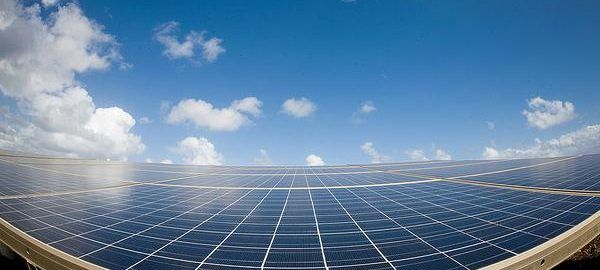If you are an avid follower of news and developments about solar energy system in the US, you must have heard about Solar Investment Tax Credit, more commonly known as ITC. It is one of the most significant federal policies in the area of deployment of solar energy in the United States. The ITC, a federally-funded tax credit offered to homeowners and businesses that choose to put solar on their roofs was set to expire at the end of year 2016. Many believed that the 30 per cent credit was a short term solution to persuade Americans to change to the cleaner, cheaper and efficient solar energy. The decision to extend the ITC further will ensure solar energy users will enjoy extended tax credit at least till 2023.
This program started in 2006 and has since then boosted the rate of annual solar installations in the USA over 1600 per cent (Source: scientificamerican.com) It works out to an annual growth rate of 76 per cent which is remarkable by any standards. Besides encouraging residential and commercial use of solar energy, it also helps lower the cost of buying solar power and assures security of investment for those who want to invest long term.
Solar Investment Tax Credit Explained
The ITC in its current format is a federal tax credit that can be claimed by residential and commercial investors in solar energy systems against their tax liabilities. Section 25D is related to residential ITC and allows homeowners to apply the credit to their personal income taxes. The credit can be availed when they buy solar energy systems by making payment upfront and get them installed on their homes. Section 48 is related to commercial investors. They can install, develop or fund the solar energy project and claim the credit.
How Does ITC Work?
The ITC is a dollar-for-dollar reduction in the income taxes that an individual or organization claiming the credit would have to pay the federal government. It is proportional to the amount of investment in solar property. Both the residential and commercial ITC is calculated at 30 percent of the amount invested in the property. The construction must commence through 2019. The ITC will be reduced to 26 per cent in 2020 and 22 per cent in 2021. After 2023, the residential credit will drop to zero while the commercial and utility credit will drop to 10 percent permanently.
Commercial and utility projects starting construction of the solar energy project before December 31, 2021 can still qualify for the 30, 26 or 22 percent ITC, provided they are placed in service before December 31, 2023. A guidance document is being drafted by the authorities to help solar developers understand the proportion of ITC they will qualify for. It will depend on the time they started their project.
What Will Be the Impact of the Recent ITC Extension?
The ITC has emerged as one of the most important federal policy mechanisms to encourage deployment of solar energy systems in the United States. As a result of the multi-year extension of the credit, it is widely expected that the price of solar energy system will continue to plunge southwards. This will boost installation rates and improve the quality of technology. Evidently, The ITC is a commendable tax policy success story. The federal government expects the following outcomes as a result of granting extension to ITC:
- The installed solar energy capacity is expected to reach 100 GW by end of 2020 from the current level of 27 GW.
- The number of people employed in the solar energy sector is expected to double from approximately 210,000 to 420,000 in the same time period
- The move is expected to add around $140 billion to the US economy.
The runaway success of the ITC amply demonstrates the fact that well-drafted, long-term federal tax incentives can help in of the fastest-growing industries in America.








